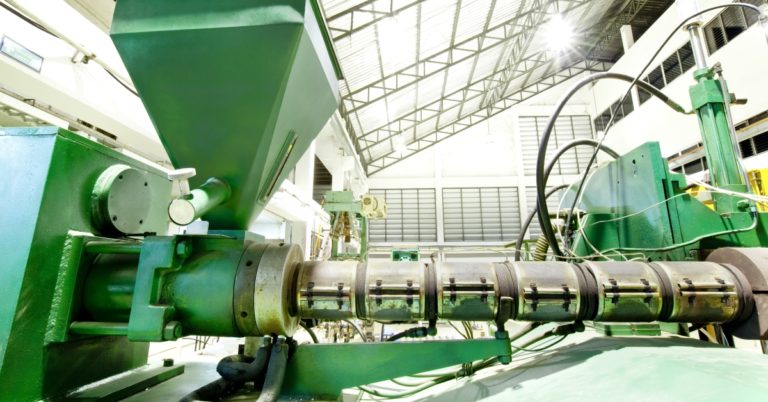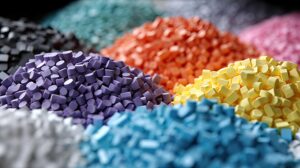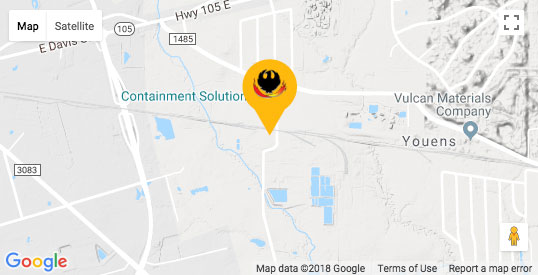One of the most effective methods to protect against the corrosive effects of UV rays on polymer resins is through a process called UV stabilization. Polymers such as plastics, nylon, and synthetic rubber are essential raw materials in a huge number of modern applications.
While polymers are highly durable compounds, exposure to harmful UV (ultraviolet) radiation, whether from the sun or an artificial light source, can weaken the chemical bonds within them in a process called photodegradation. As a result, this can cause them to crack, degrade in quality, change color, or undergo disintegration.
What is UV Stabilization?
UV stabilization is a process in which special compounds that are potent guards against UV radiation are employed. Consequently, they protect polymer products from photodegradation.
UV Stabilization Methods
Some of the most common methods of the ultraviolet stabilizing process, however, include the following:
1. Coating
One of the most simple and effective methods of achieving UV stabilization in polymers is by coating them with an inert material. For instance, the structural and chemical integrity of the polymer resin is preserved as the added layer prevents any harmful radiation from passing through and weakening the bonds.
2. Absorption
With certain polymer products, however, a coating may not be a viable enough solution. This is where other methods come in. Thus, one of the most popular methods is absorption.
Additionally, absorption is a process in which manufacturers include additives to the polymer resin. It absorbs and dissipates the ‘blows’ from incoming UV radiation. Then it converts them into heat, protecting the polymer bonds from harm in the process.
However, these additives usually target rays in the spectrum range of 10-400nm. As a result, this makes them ideal for a wide variety of polymer types. Common families of UV absorbers, for example, include Benzotriazoles and Benzophenones.
3. UV Stabilization Products
Another well-known method is the use of UV stabilizer products. Similarly, to the above example, the energy from the UV rays is dissipated. However, rather than through absorption, stabilizers use chemical processes to achieve this end and shield the carbon bonds from the effects of degradation.
4. Quenchers
Quenchers are also additives that achieve UV stabilization. Although they act as energy transfer agents, effectively transferring the energy away from the polymer chains onto themselves.
5. Base Particle Scavengers
Scavengers are special base particles that, when added to polymer resins, help scavenge and trap highly-charged free radicals. Fortunately, they help prevent them from doing any further harm to the polymer chains. Scavengers are also arguably one of the biggest families of UV protectors. In fact, they are represented by the Hindered Amine Light Stabilizers (HALS) group.
Scavengers also hold an additional advantage in that they can bind additives to the polymer at the molecular level and thus, prevent any compromise to its structural integrity.
All of the above-mentioned UV stabilizers can be employed individually but are likely to yield the most benefit when used in a combination.
Methods of Predicting Plastic Reaction to UV Radiation
How a plastic reacts to UV radiation can help determine which UV stabilization method (or their combination) would be best for the job. Some of the most common ones include:
ASTM D2563 and ASTM D 4459
Standard practices for Xenon-Arc exposure of plastics intended for Outdoor Applications and Indoor Applications respectively.
ASTM G154 and ASTM D 4329
Standard practice for operating Fluorescent UV Lamp Apparatus for exposure of non-metallic materials and plastics respectively.
ISO 4892
A four-part process of Exposure to Laboratory Light Sources for a variety of polymer types.
Connecting with Phoenix Plastics
For more information on our stabilizer products, other additives, and services, feel free to contact us online anytime. And for immediate assistance, conveniently call us toll-free at 1-866-760-2311.





